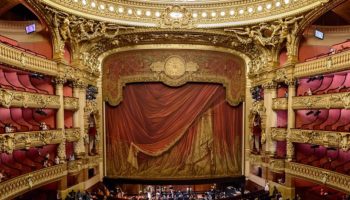 INTRODUCTION
INTRODUCTION
The means in which some of those kinds of the theater are introduced to a live crowd, theatre Production. The expression theater is applied to musical and dramatic plays, but it contains mime, dance, circus and carnivals, poetry, vaudeville, puppet shows, pageants, and other kinds. They’re basically visual; are seasoned right (even pictures, videotapes, or even recorded audio could possibly be integrated into a functionality); and therefore are regulated by different sets of rules–like scripts, situations, scores, or choreography–which determine the speech and activities of the actors; terminology, activity or atmosphere might be contrived, so as to evoke emotional responses from your crowd.
FUNCTIONS AND CHARACTERISTICS OF THEATRE
Since Aristotle discussed the source and purpose of theater in his famous treatise Poetics (c. 330 BC), the function and features of theater have been broadly debated. The theatre was used such as political conduct ritual, moral instruction, amusement, and also to change consciousness. It’s generated into the demonstration of motion and noise.
Theatre production entails using props and sets, costumes, lighting, and masks or makeup, in addition to a room for functionality (the point ) and also a space for your viewer (the auditorium), though these can overlap, particularly in after 20th-century productions. Theatre is engineering; music, literature, and dancing; and an amalgamation of art and design. The basic performances function as one performer’s job and can depend on located objects and space. Many performances require the efforts of professionally trained and creative individuals.
PRESENTATIONAL AND REPRESENTATIONAL THEATRE
Approaches to drama’s demonstration change from a generation to another and across cultures, however, most could be categorized equally as symbolic or presentational. Pre-Renaissance Western American, Asian, African American, along with 20th-century avant-garde theater is presentational. Presentational theatre’s strategy highlights it and makes no effort. Therefore, theoretician Bertolt Brecht and the playwright urged the audience could be reminded that it viewed a drama exposing the light tools and stage machines.
Representational theater, on the flip side, is illusionistic. Western theater since the Renaissance has been representational: drama has experienced plots, figures have appeared true to life, the spectacle the realistic, or even been indicative of, and has prevailed towards.
Most performances naturally, fall into the other group but might include elements of each. The drama of this American dramatist Tennessee Williams are suspended in realism but employ emblematic characters dream strings and items, and vocabulary.




